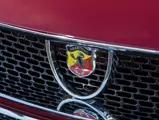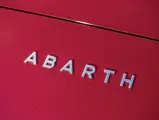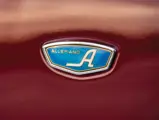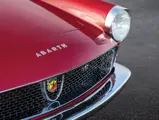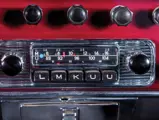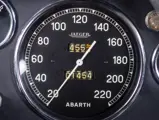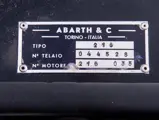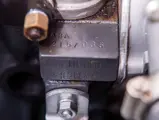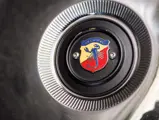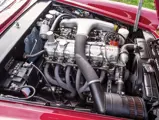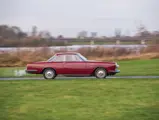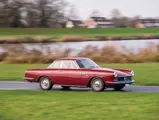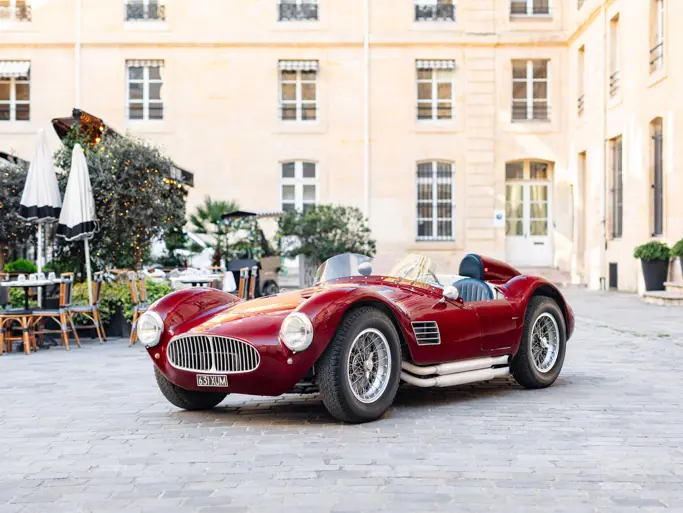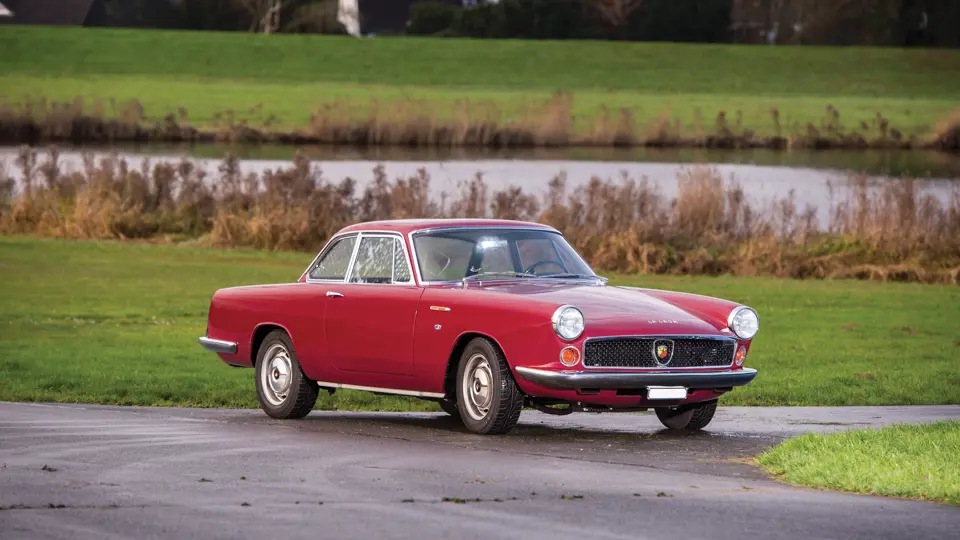
1959 Abarth 2200 Coupé by Allemano
{{lr.item.text}}
€117,600 EUR | Sold
{{bidding.lot.reserveStatusFormatted}}
- Incredibly rare; presented in excellent original condition
- Previously part of the Fritz Neuser Collection; restored by his Scuderia Auto Neuser
- Shown at the 2014 Schloss Bensberg Concours d’Elégance
- Incroyablement rare ; en excellent état d'origine
- Faisait partie de la collection de Fritz Neuser ; restaurée par sa Scuderia Auto Neuser
- Exposée en 1974 au Concours d’Élégance de Schloss Bensberg
Type 216. 135 bhp, 2,162 cc inline six-cylinder engine with three Weber 38DCOE carburettors, four-speed manual transmission, front transverse leaf-spring suspension, rear coil springs, and four-wheel hydraulic disc brakes. Wheelbase: 2,450 mm
Type 216. Moteur six-cylindres en ligne 2 162 cm3, 135 ch, trois carburateurs Weber 38 DCOE, transmission manuelle quatre rapports, suspension avant avec ressort semi-elliptique transversal, ressorts hélicoïdaux à l'arrière, freins hydrauliques à disques sur les quatre roues. Empattement 2 450 mm.
Carlo Abarth founded his tuning company in Turin in 1950. He would eventually take over the failed Cisitalia business following its demise, and it was this that ensured Abarth would begin to produce desirable and successful cars in its own right. Following a string of collaborations with some of the most famous and respected Italian coachbuilders of the day, Abarth quickly became a well-established name, producing cars such as the 750 GT Zagato “Double Bubble.”
Perhaps unsurprisingly, when Abarth chose to develop his own interpretation of the Fiat 2100 saloon, he turned to Turin-based Carrozzeria Allemano. Allemano was established in 1928 and worked with the likes of Ferrari, Alfa Romeo, Lancia, and Cisitalia. It is thought that just 28 examples of the Abarth 2200 (so named due to the increased displacement of the Fiat 2100) were produced, with a small number also bodied by Carrozzeria Ellena.
This Abarth 2200 Allemano Coupé was delivered in 1959 in Mica-red with a black leather interior, the same combination in which it is presented in excellent condition today. Previously part of the Fritz Neuser Collection, it was restored between 2002 and 2011 by his Scuderia Auto Neuser in Nuremberg, Germany. Highlighting both the quality and rarity of this car, it participated in the 2014 Schloss Bensberg Concours d’Elégance.
It is not often that such rare examples of an Italian coach-built car become available, and this Abarth represents a fantastic opportunity for its new owner to stand out from the crowd.
Carlo Abarth a créé son étonnante entreprise en 1950, à Turin. Il absorbait plus tard le constructeur Cisitalia a la suite de sa faillite, ce qui lui permettait de se lancer dans la production de voitures désirables et performantes portant son propre nom. A la suite d'une série de collaborations avec certains des carrossiers les plus célèbres et les plus respectés d'Italie, Abarth est devenu rapidement une marque bien établie, produisant des modèles comme la 750 GT Zagato "double bosse".
Avec une certaine logique, quand Abarth a décidé de mettre au point sa propre version de la berline Fiat 2100, il s'est tourné vers la Carrozzeria Allemano, basée à Turin. Avec des ateliers ouverts en 1928, Allemano travaillait pour des constructeurs comme Ferrari, Alfa Romeo, Lancia et Cisitalia. La production de l'Abarth 2200 (qui tenait son nom de sa cylindrée augmentée par rapport à la Fiat 2100) est évaluée à 28 exemplaires, dont un petit nombre carrossés aussi par la Carrozzeria Ellena.
Le présent coupé Abarth 2200 Allemano a été livré en 1959 de couleur rouge-Mica avec intérieur en cuir noir, la même combinaison que celle qu'il affiche encore aujourd'hui. Ayant fait partie de la collection de Fritz Neuser, il a été restauré entre 2002 et 2011 par sa Scuderia Auto Neuser, à Nuremberg (Allemagne). Prenant acte à la fois de sa qualité et de sa rareté, les organisateurs du Concours d’Élégance de Schloss Bensberg ont accueilli ce coupé lors de l'édition 2014.
Il n'est pas fréquent qu'une voiture aussi rare, réalisée par un carrossier italien, arrive sur le marché ; cette Abarth représente donc pour son nouveau propriétaire une opportunité fantastique de se différencier des autres collectionneurs.




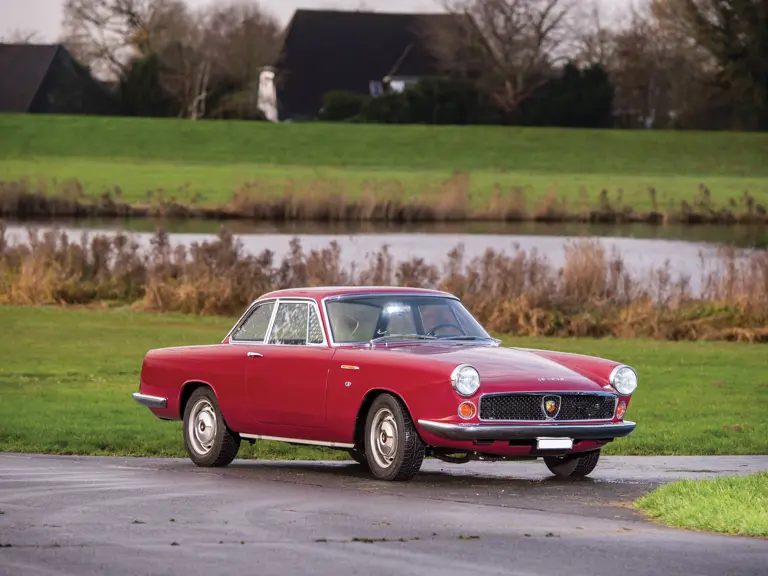
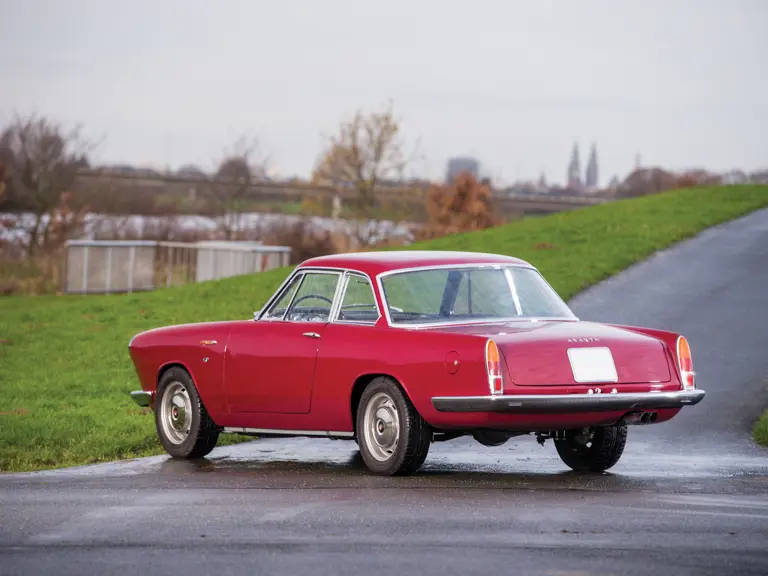
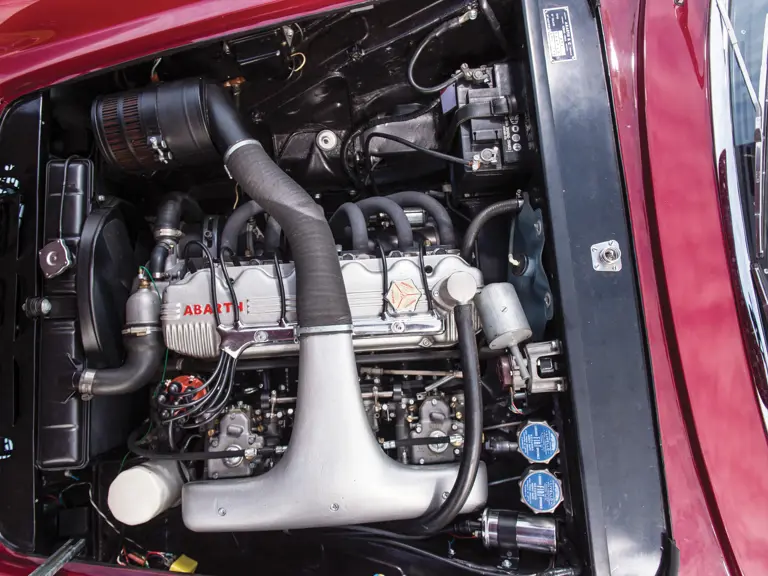
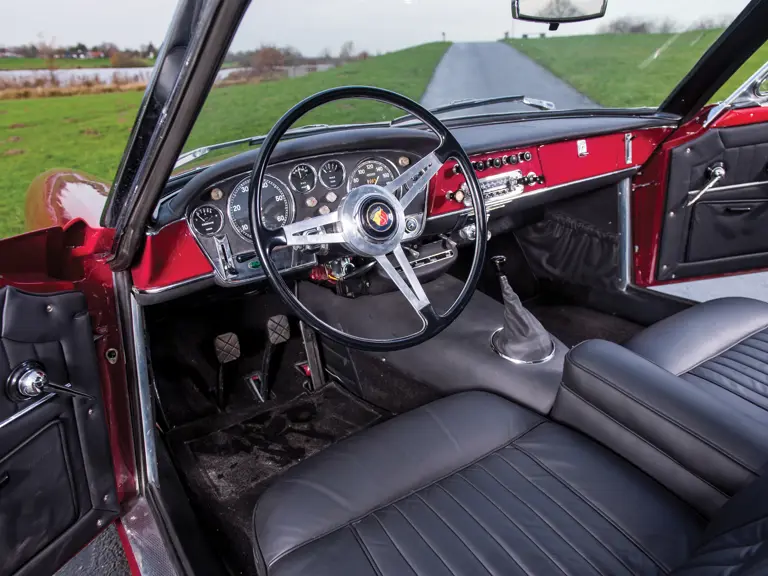
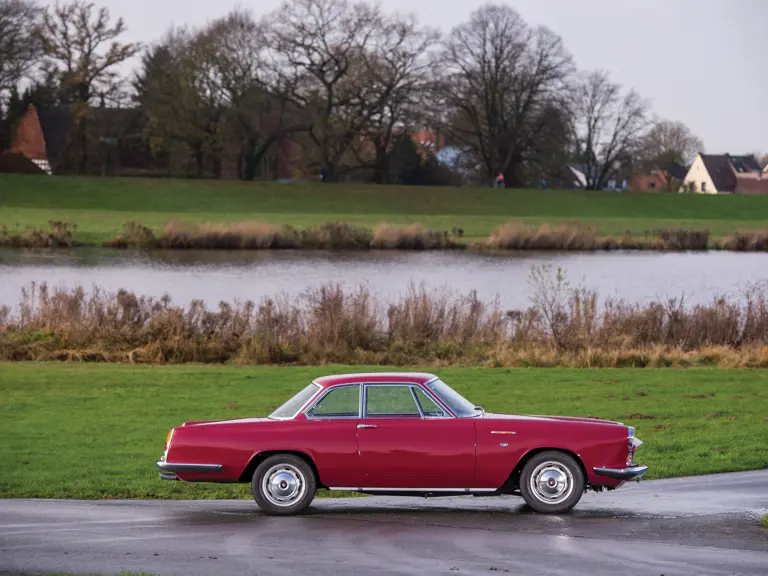



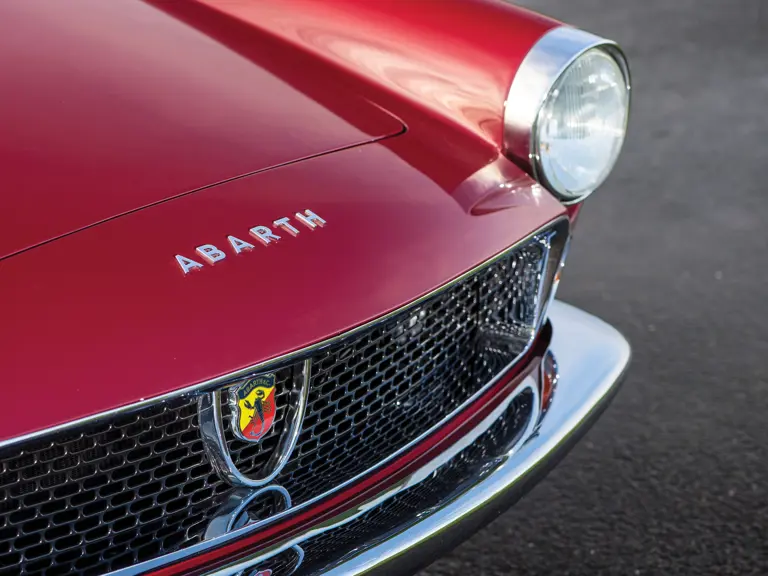
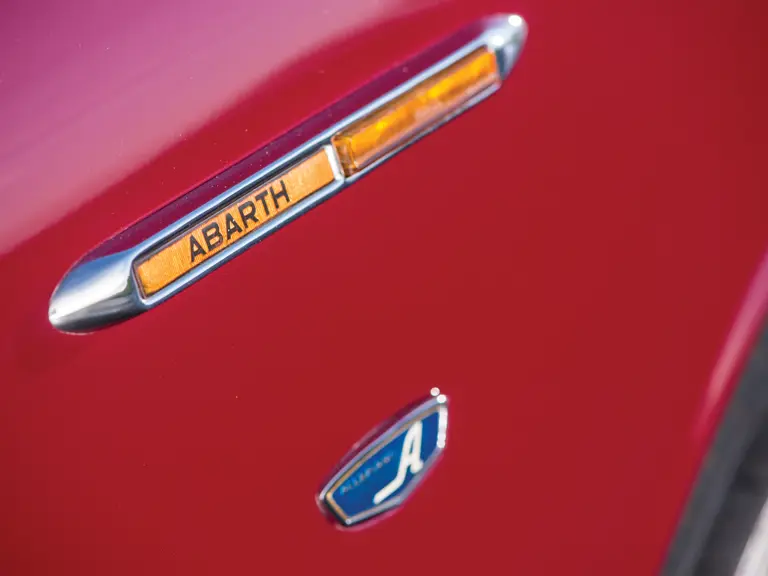

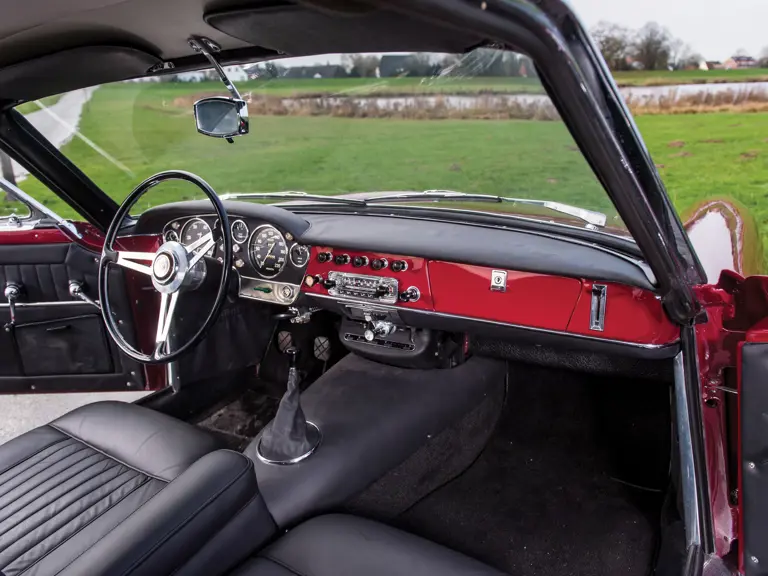

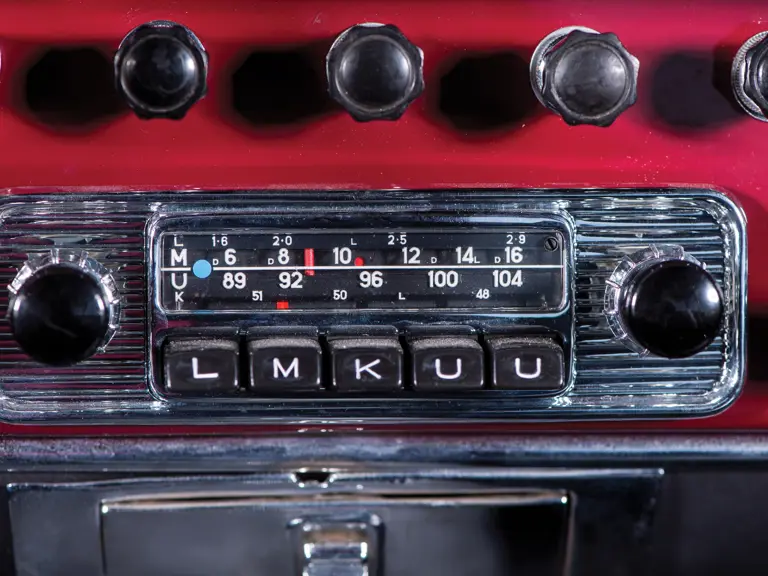


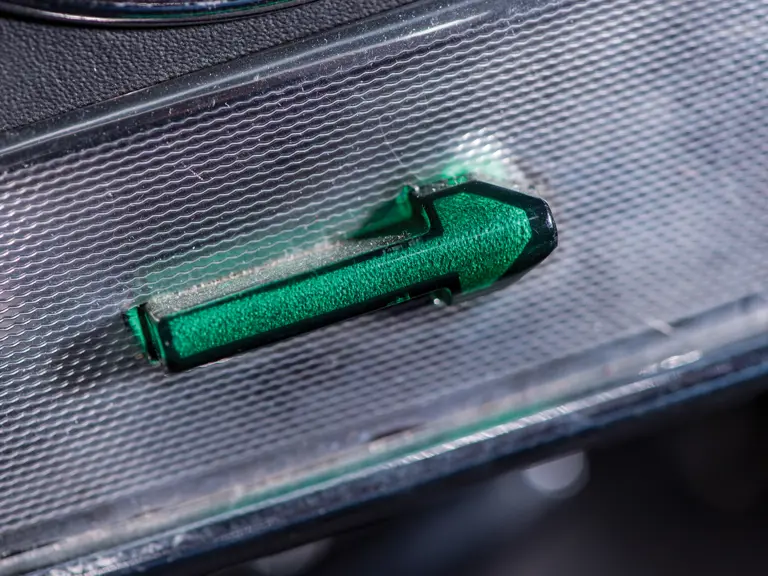

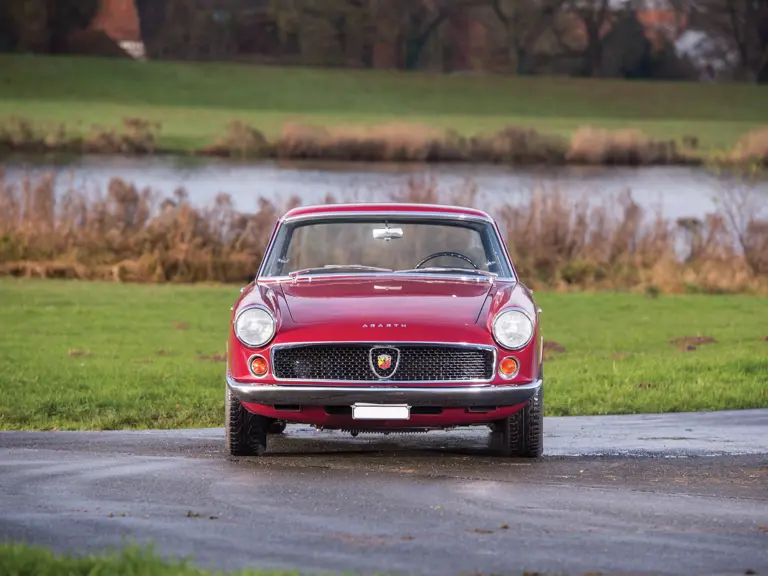
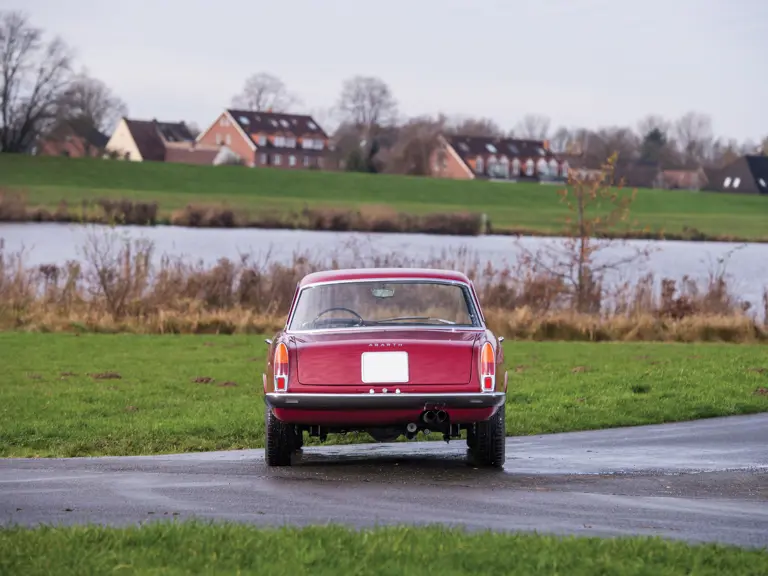
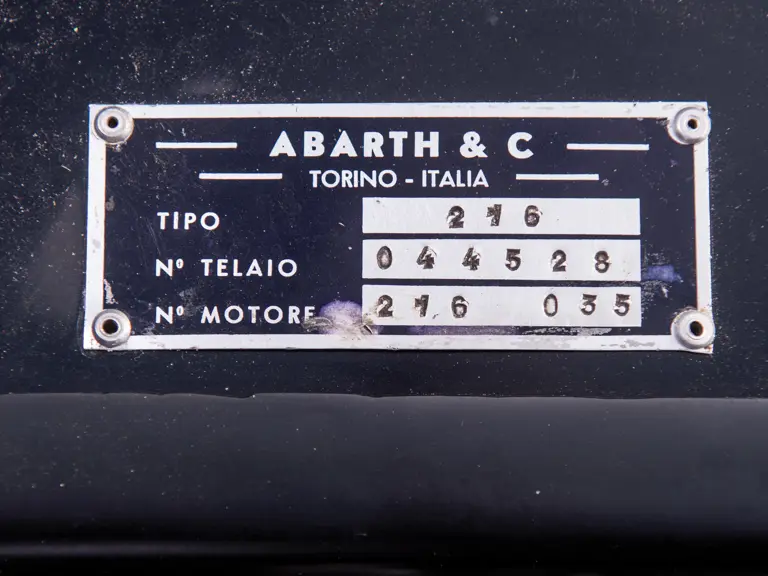

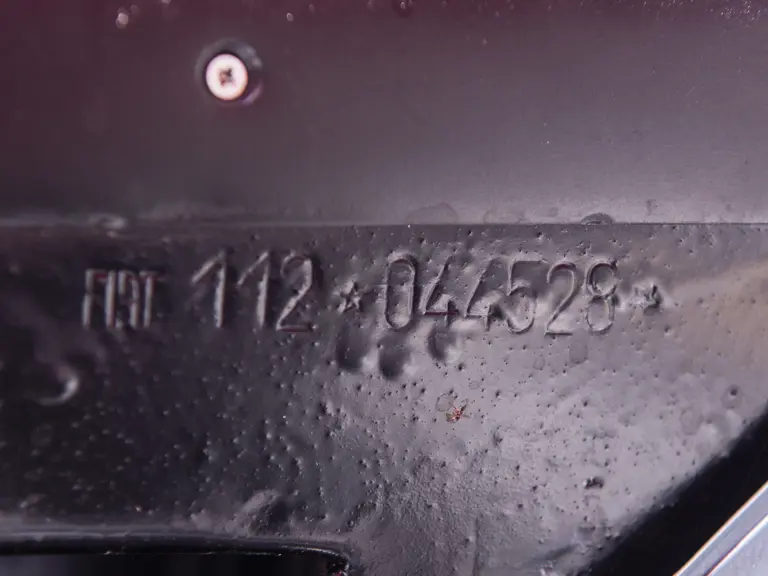

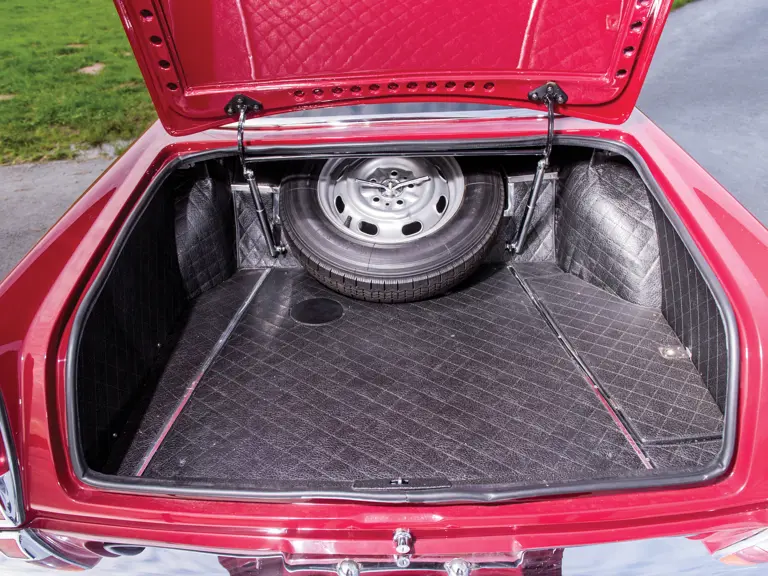
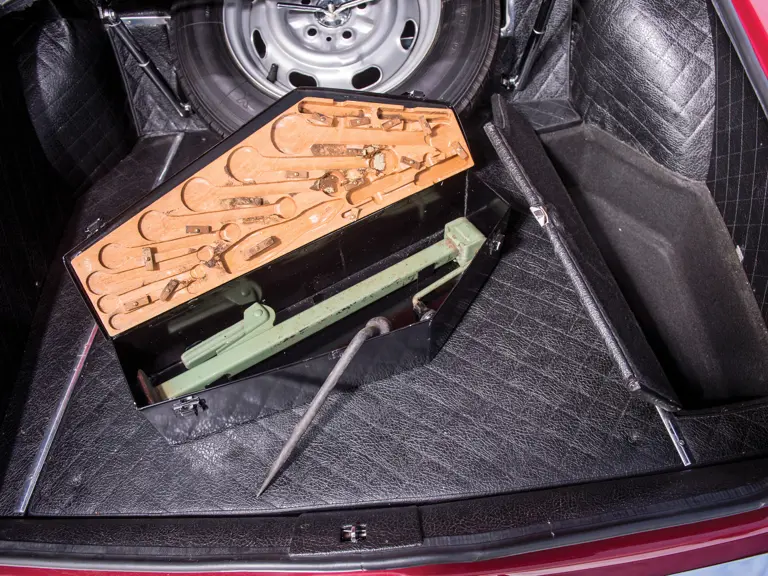

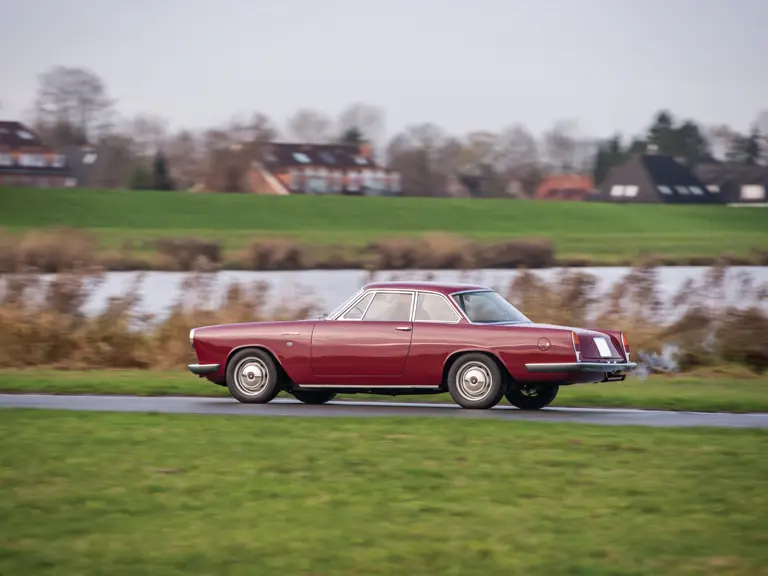
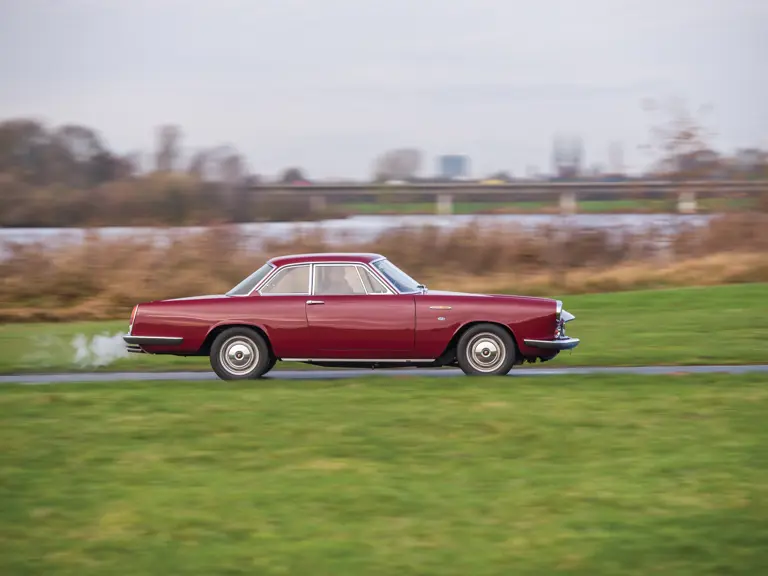
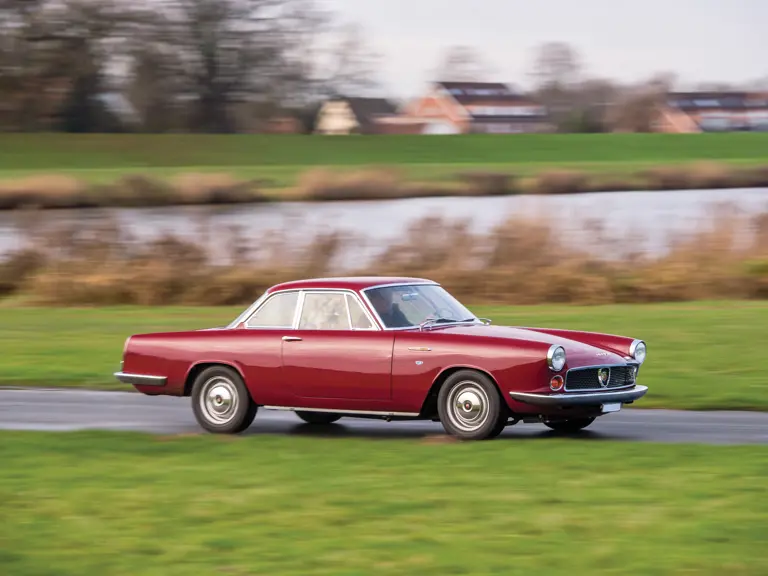
 | Paris, France
| Paris, France




